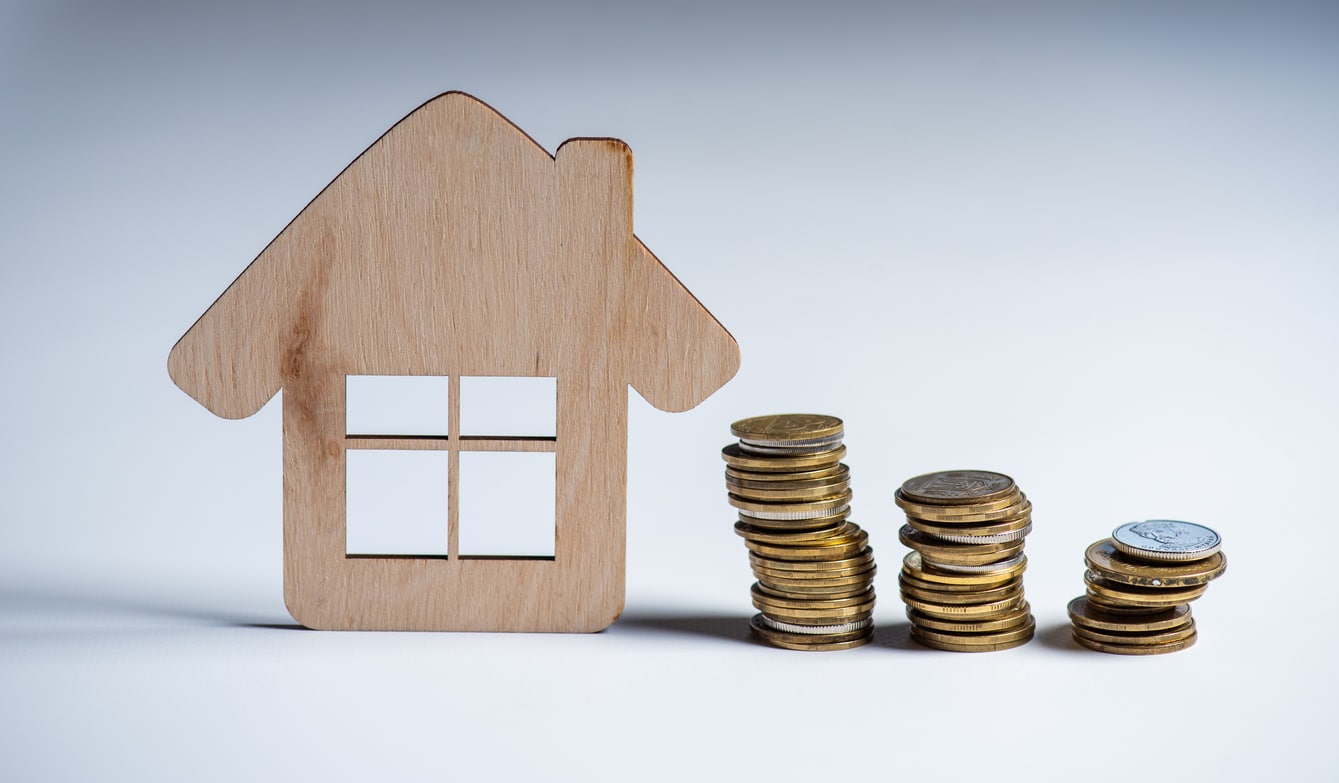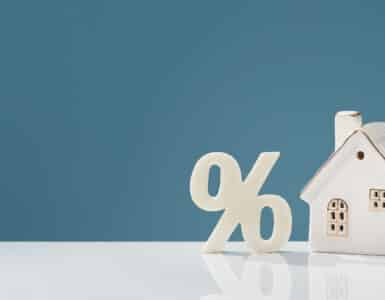Refinancing your mortgage can be a great way to save money. You can potentially reduce your interest rate, your monthly payment and the total you’ll pay overall on the loan. Here’s how to navigate the refinancing process if you’re thinking of taking the plunge.
Set a Goal
Often, people want to refinance their mortgage to reduce their payments. However, as Money notes, not all mortgages are the same. You should pick your refi depending on your ultimate goal. If you want to pay off your mortgage quicker, maybe you want to switch from a 30 year mortgage to a 15 year mortgage. If you want to lock in a low rate for a long period, maybe you’ll change from an adjustable-rate mortgage to a fixed-rate mortgage. Think of what you want from your new mortgage before changing things up.
Check Your Report
Before you apply for a mortgage, check your credit report to make sure your credit score is as high as possible. The higher the score, the lower the rate on the loans available to you. You should also check your credit report for any errors, because those can lower your score, too. You want to make sure your score and report are in tip-top shape so you can secure the best mortgage possible.
Do The Math
Make sure the math works before refinancing. Refi costs are typically between two and five percent of the new loan. So a new mortgage only makes sense if you can recoup those closing costs and come out saving cash in the long run. This is why, most of the time, you only want to refinance a mortgage if you plan on staying in your home for at least three and possibly five years. You want to eventually hit that break-even point, where the savings from the new loan exceeds its costs.






